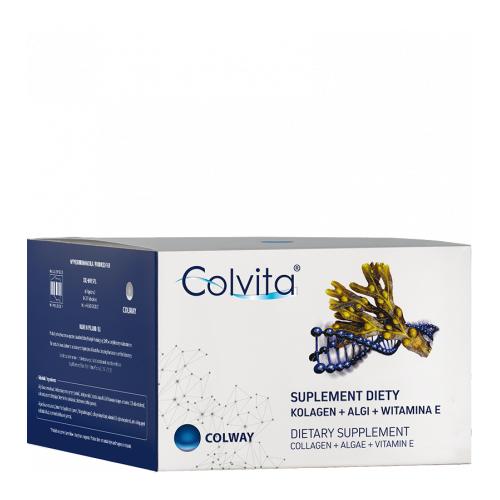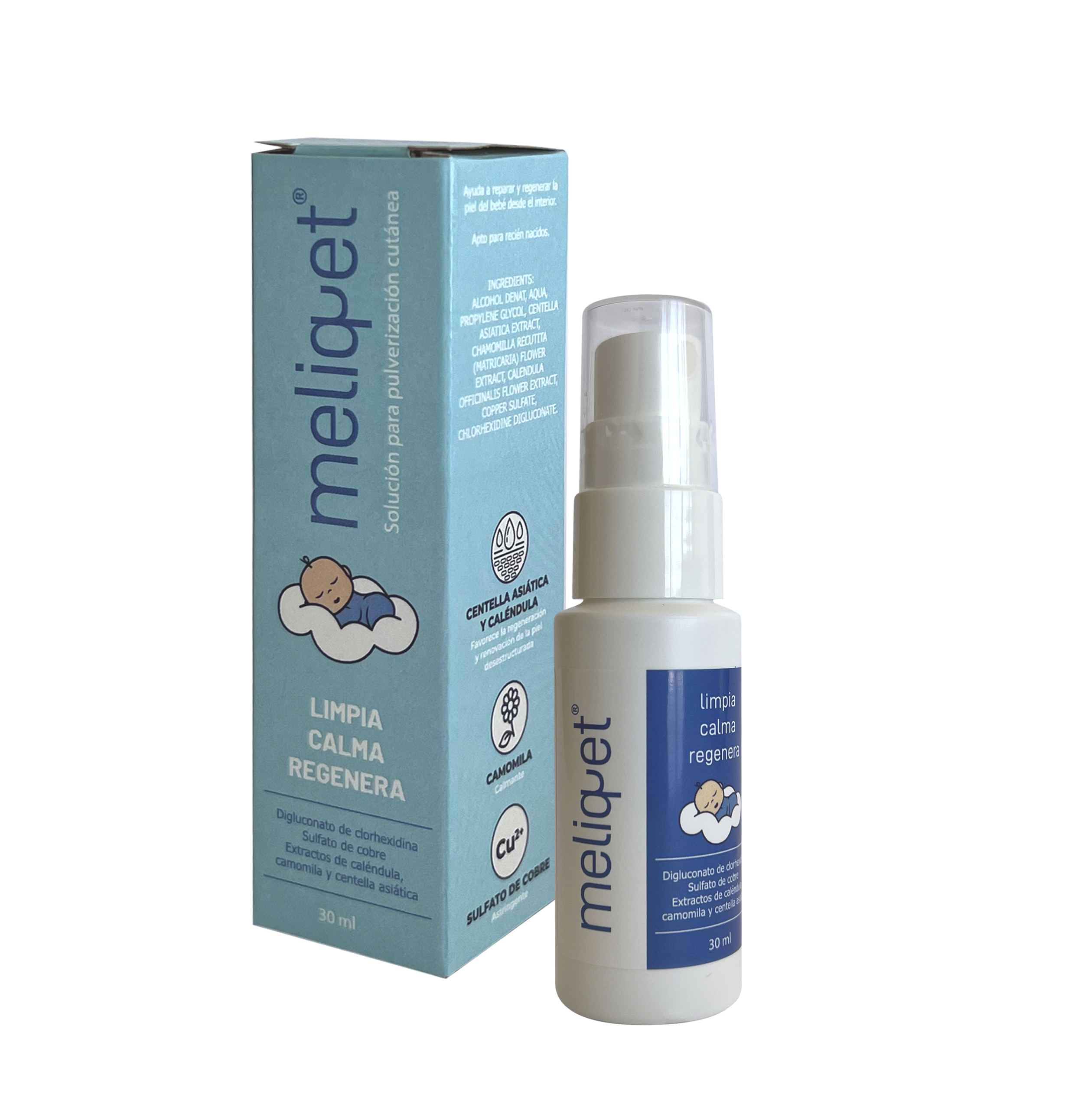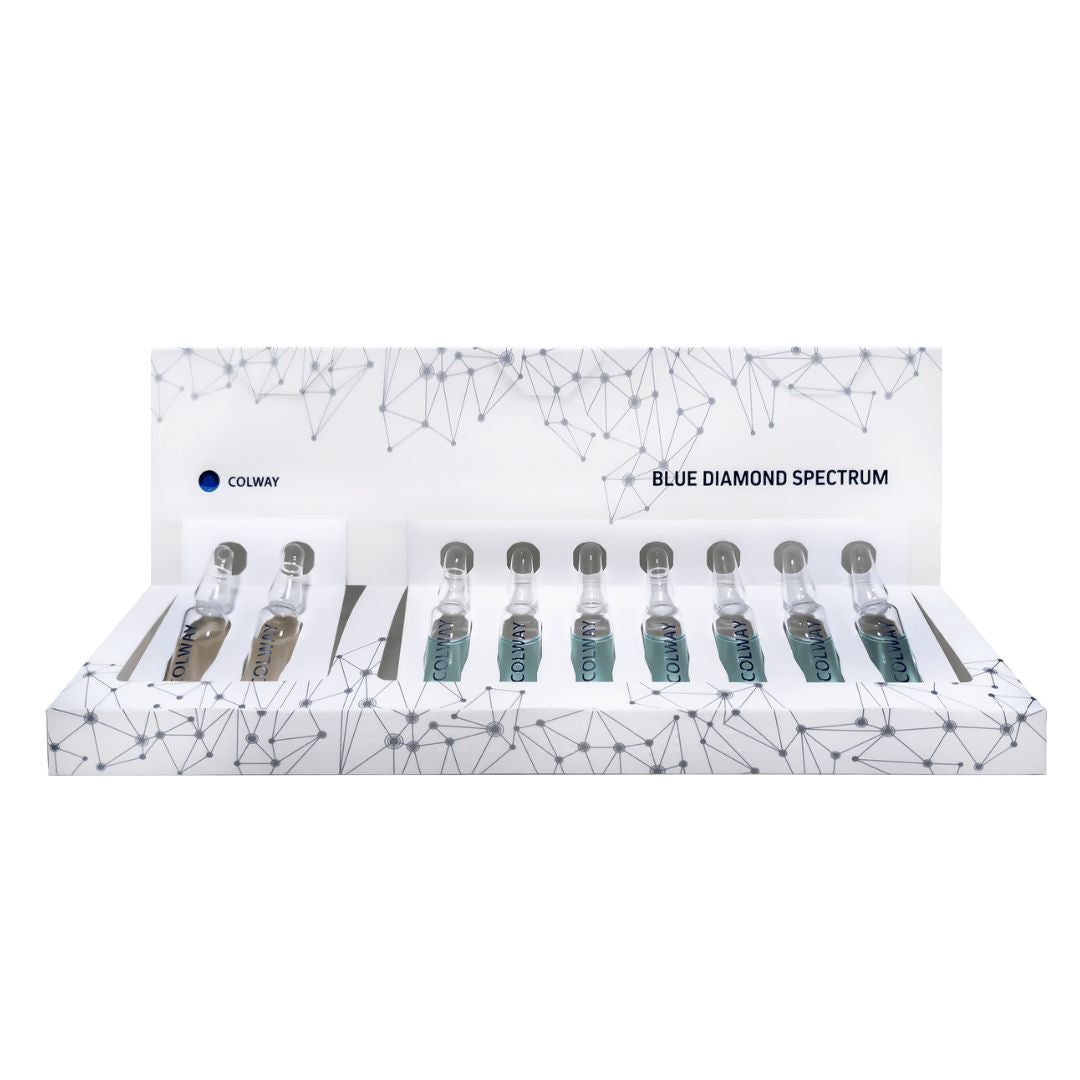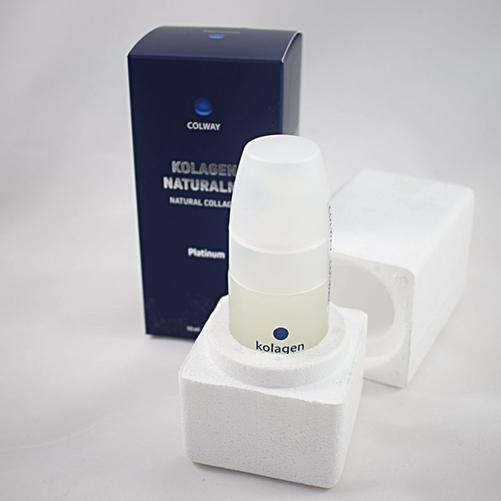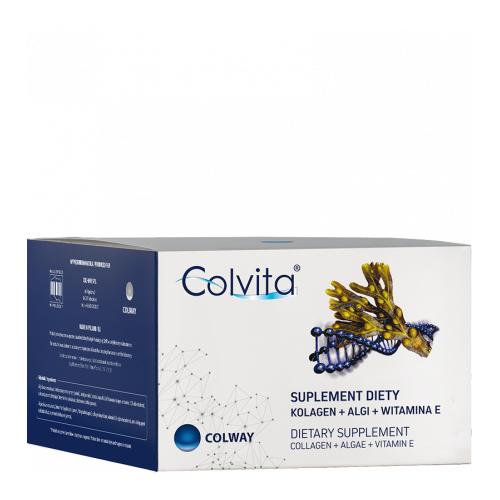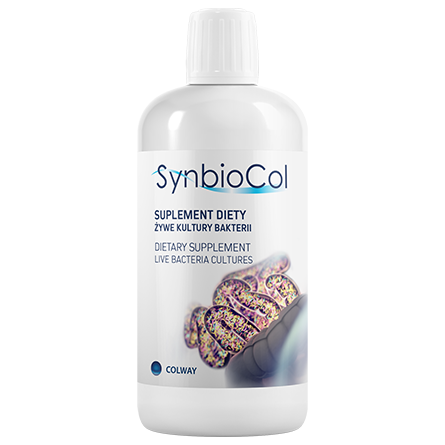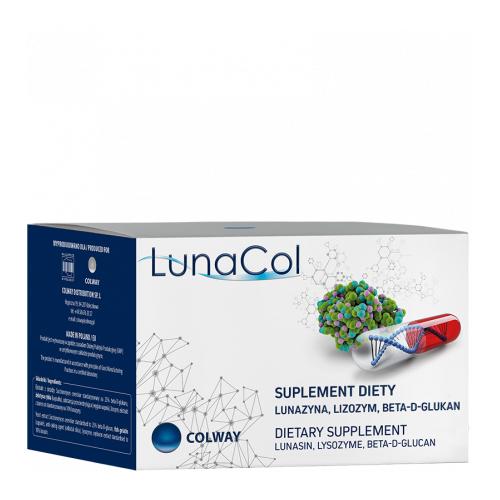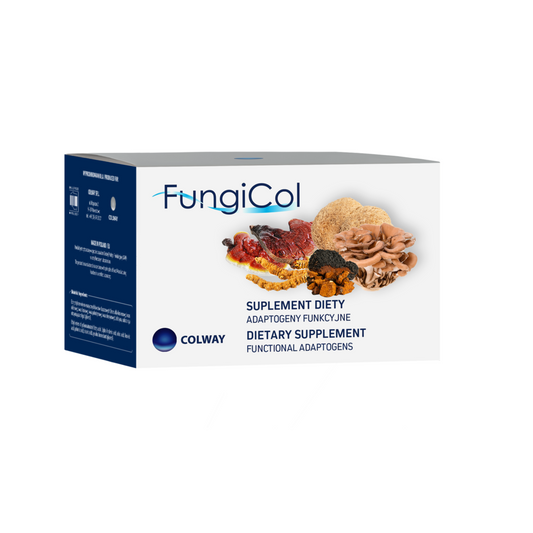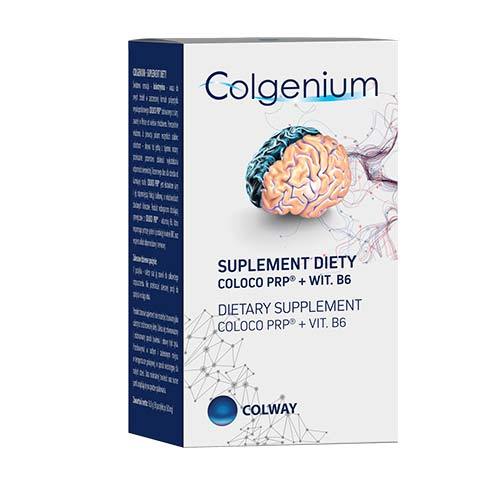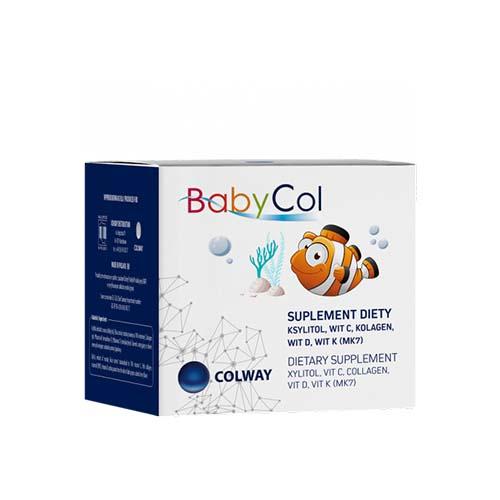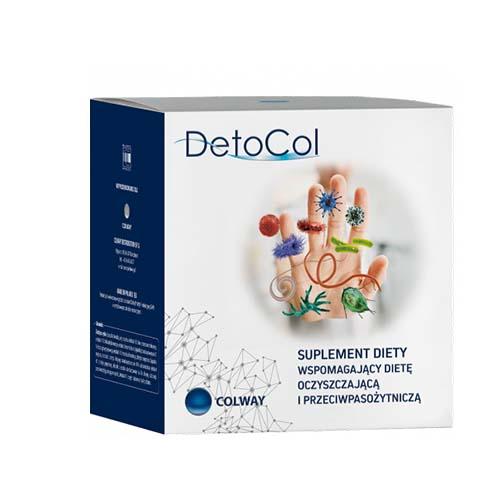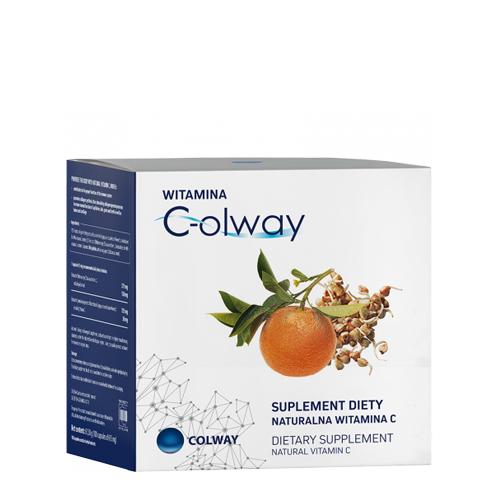Topical corticosteroids: demystifying their danger and discovering their benefits in the treatment of atopic dermatitis
Topical corticosteroids have been a topic of controversy in the world of dermatology, with many people concerned about their possible side effects and risks. However, they have also been shown to be effective in treating inflammatory skin conditions, such as atopic dermatitis. In this article, we are going to debunk some of the myths about topical corticosteroids and explore their benefits in the treatment of atopic dermatitis.
What are topical corticosteroids and how do they work?
Topical corticosteroids are anti-inflammatory drugs that are applied directly to the skin to reduce inflammation and relieve symptoms of various dermatological conditions. They work by inhibiting the production of inflammatory chemicals in the body and suppressing the immune response, which helps reduce inflammation, redness, and itching.
Common myths and fears about topical corticosteroids
Despite their benefits, topical corticosteroids have been the subject of numerous myths and fears. Some of the most common include:
- Weight gain
- skin thinning
- systemic side effects
- resistance and dependency
Clarifying myths: topical corticosteroids and weight gain
Weight gain is usually associated with oral or systemic corticosteroids, not topical ones. Topical corticosteroids are less absorbed into the bloodstream, which significantly reduces the risk of systemic side effects such as weight gain.
Dispelling myths: topical corticosteroids and skin thinning
Thinning of the skin can occur with prolonged and excessive use of topical corticosteroids, but this side effect is rare when used as directed by the doctor. The risk can be minimized by using the lowest strength and amount necessary to control symptoms.
Clarifying myths: topical corticosteroids and systemic side effects
Systemic side effects are rare with proper use of topical corticosteroids. Although they can be absorbed in small amounts through the skin, the risk of systemic side effects is much lower than with oral or injectable corticosteroids.
Clarifying myths: topical corticosteroids, resistance and dependence
Resistance and dependence are not common problems with the use of topical corticosteroids. Unlike some other medications, tolerance to topical corticosteroids does not develop, and most patients do not experience withdrawal symptoms upon discontinuation.
Benefits of topical corticosteroids in the treatment of atopic dermatitis
Atopic dermatitis is a chronic inflammatory skin disease that causes redness, itching, and inflammation. Topical corticosteroids are an effective treatment option to control these symptoms due to their ability to reduce inflammation and soothe the skin. Some of the specific benefits include:
- Quick relief of symptoms
- Fewer side effects compared to systemic corticosteroids
- Facilitates skin recovery
- Improves the quality of life of patients
Selection and adequate use of topical corticosteroids in atopic dermatitis
To obtain the best results and minimize risks, it is important to select the appropriate topical corticosteroid and use it correctly. Some guidelines for proper use include:
- Choose the appropriate strength according to the severity of the symptoms and the location of the dermatitis
- Apply only the amount necessary to cover the affected area
- Limit use to short periods of time as directed by physician
- Combine with non-drug treatments, such as moisturizers and appropriate skin care
Alternatives to topical corticosteroids
While topical corticosteroids are an effective treatment option for atopic dermatitis, other alternatives are also available for those who prefer to avoid their use or who do not respond well to these medications. Some alternatives include:
- Topical calcineurin inhibitors
- photodynamic therapy
- Systemic immunomodulators
- biological treatments
Consult a medical professional
It is essential to consult a doctor or dermatologist before starting any treatment for atopic dermatitis. They will be able to assess the severity of the condition, provide guidance on the most appropriate treatment, and monitor progress and possible side effects.
Conclusion
Topical corticosteroids are a valuable tool in the treatment of atopic dermatitis. Despite common myths and fears, when used properly, they can offer effective and safe relief from the symptoms of skin inflammation. It is important to remember that you should always consult a medical professional before starting any treatment and follow their instructions to ensure the best possible result.

